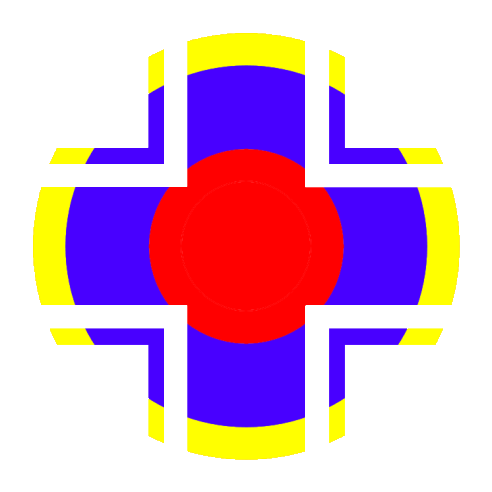History[]
1304 was captured as a result of combat between the French GC III/7 and the German I./JG 76, when the German pilot, Ofw. Karl Hier of 1./JG 76, lost direction and mistakenly landed on the French airfield Strasbourg-Woerth.
The undamaged aircraft was repainted and was first taken to the French Armée de l'Air research facility, the Centra d'Essais du Materie Aerien or CEMA in Orlean-Bricy. There the French throughly evaluated the new Daimler-Benz engined Messerschmitt types constructional features, measured it's performance and made comperative tactical trials with their latest fighter aircraft, the Dewoitine D. 520 and Bloch MG 152, as well as one Spitfire Mark I received from the British.
The French lent the aircraft to the British in Amiens on 2 May 1940. The aircraft transferred from Chartes to Tangmere by Flight Officer Hilly Brown of No. 1 Squadron to Boscombe Down. Subsequently it was handed over to the Royal Aircraft Establishment at Farborough. The British gave it British markings, and used it for brief tactical trials in June 1940 with their Hawker Hurricane Mark I and Supermarine Spitfire Mark I at the RAE's (Royal Aircraft Establishment) Aircraft & Armament Experimental Establishment, or A & AEE.
These initial trials on both sides of the Channel were equally dimissive in their tone and conclusions regarding the qualities of opposing fighter aircraft, emphasizing the general superiority of their own fighter designs - perhaps due to infamiliarity with enemy equipment. In contrast, the subsequent and far more detailed Handling and Manoeuvrability Tests report prepeared in September 1940 in contrast was far more positive and balanced in its assessment.[N 1]
Between May 1940 and 24 July 1941 the plane performed 78 flights and was flown for a total of 49 hours at RAE and was then transferred to the Air Fighting Development Unit (AFDU) at Duxford by Wing Commander I.R. Campbell-Odre. The plane was returned to Farnborough on 20 November 1940 and the tail part was repaired with parts from Oblt. Franz von Werra's Bf 109E-4, Werknummer 1480, which made an emergency landing in Britain on 5 September 1940. Following the repairs, the AFDU handed over the plane to No. 1426 (Enemy Aircraft) Flight on 11 December 1941, tasked with familiarizing British and American pilots with Luftwaffe and Italian equipment.
In January 1942 the aircraft was taken to bits and was shipped to the United States on freighter S.S. Dramesford on 7 April 1942. After its arrival to Wright Airfield in the U.S.A. in May 1942, the aircraft was damaged again at Wright Field on 3 November 1942 and was struck off, never flying again.[3]
Notes[]
- ↑ At around the same time, in the summer of 1940, the Germans also conducted their own tactical trials, using Bf 109E and Bf 110C aircraft against single captured Hurricane, Hawk and Spitfire aircraft at the Luftwaffe's E'-Stelle Rechlin.
Sources[]
- ↑ U.S. Air Force photo via Wikimedia
- ↑ 2.0 2.1 Price, Alfred. Aircraft of the Aces 1: The Legendary Spitfire Mk I/II 1939-41. Delprado Publishers. 1999. ISBN 84 8372 204 6 Page 61
- ↑ http://kurfurst.org/Tactical_trials/109E_UKtrials/Morgan.html
